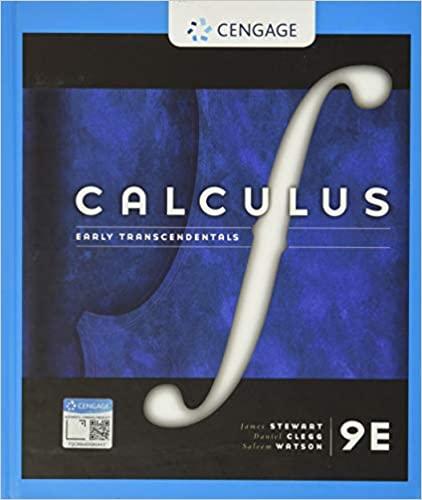Question
The following table tabulates the number of deaths from Leukemia and other cancers among survivors of Hiroshima during the period 1950-1959. The subjects were aged
The following table tabulates the number of deaths from Leukemia and other cancers among survivors of Hiroshima during the period 1950-1959. The subjects were aged between 25 and 60 in the year 1950, and are classified by the dose of radiation they received in radons. The research question is: How does the proportion of total cancer deaths that are due to Leukemia (rather than other cancers) vary with radiation exposure?
| radiation | midpoint | leukemis | other | total |
| 0 | 0 | 13 | 378 | 391 |
| 1 to 9 | 5 | 5 | 200 | 205 |
| 10 to 49 | 29.5 | 5 | 151 | 156 |
| 50 to 99 | 74.5 | 3 | 47 | 50 |
| 100 to 199 | 149.5 | 4 | 31 | 35 |
| 200 plus | 249.5 | 18 | 33 | 51 |
In this table we converted the radiation level to a continuous predictor, coding the value as the midpoint of the range (e.g., for a radiation of 1 to 9 we use the value (1+9)/2 = 5). For the largest radiation value we choose a value of 249.5 (assuming the radiation goes from 200 to 299). (a) Produce a graphical summary of the table above that helps address the research question. In words, summarize the table and your graphical display. What does the data suggest about the relationship between radiation and the proportion of cancer deaths that are due to leukemia? (b) In R fit a logistic regression model, relating the probability of dying of leukemia (given that the individual has died of cancer) to the midpoint of the radiation dose. Summarize your fitted model. Make sure that you interpret the slope parameter in terms of changes of the odds (with an appropriate confidence interval). Hint: You will probably need to use the information in the table to construct a data set where each cancer death is a single line, with outcome variable either 1 for a Leukemia death or 0 for a death due to a different cancer. Functions c, rep, rbind, bind may be helpful.
Step by Step Solution
There are 3 Steps involved in it
Step: 1

Get Instant Access to Expert-Tailored Solutions
See step-by-step solutions with expert insights and AI powered tools for academic success
Step: 2

Step: 3

Ace Your Homework with AI
Get the answers you need in no time with our AI-driven, step-by-step assistance
Get Started


